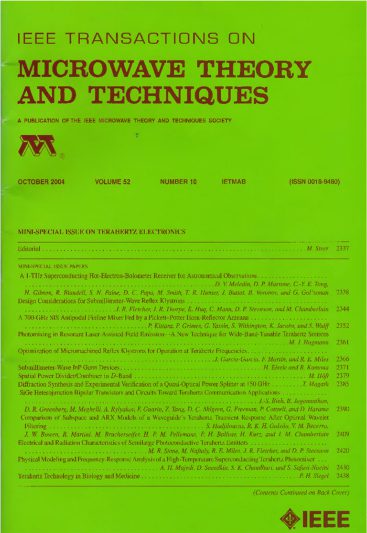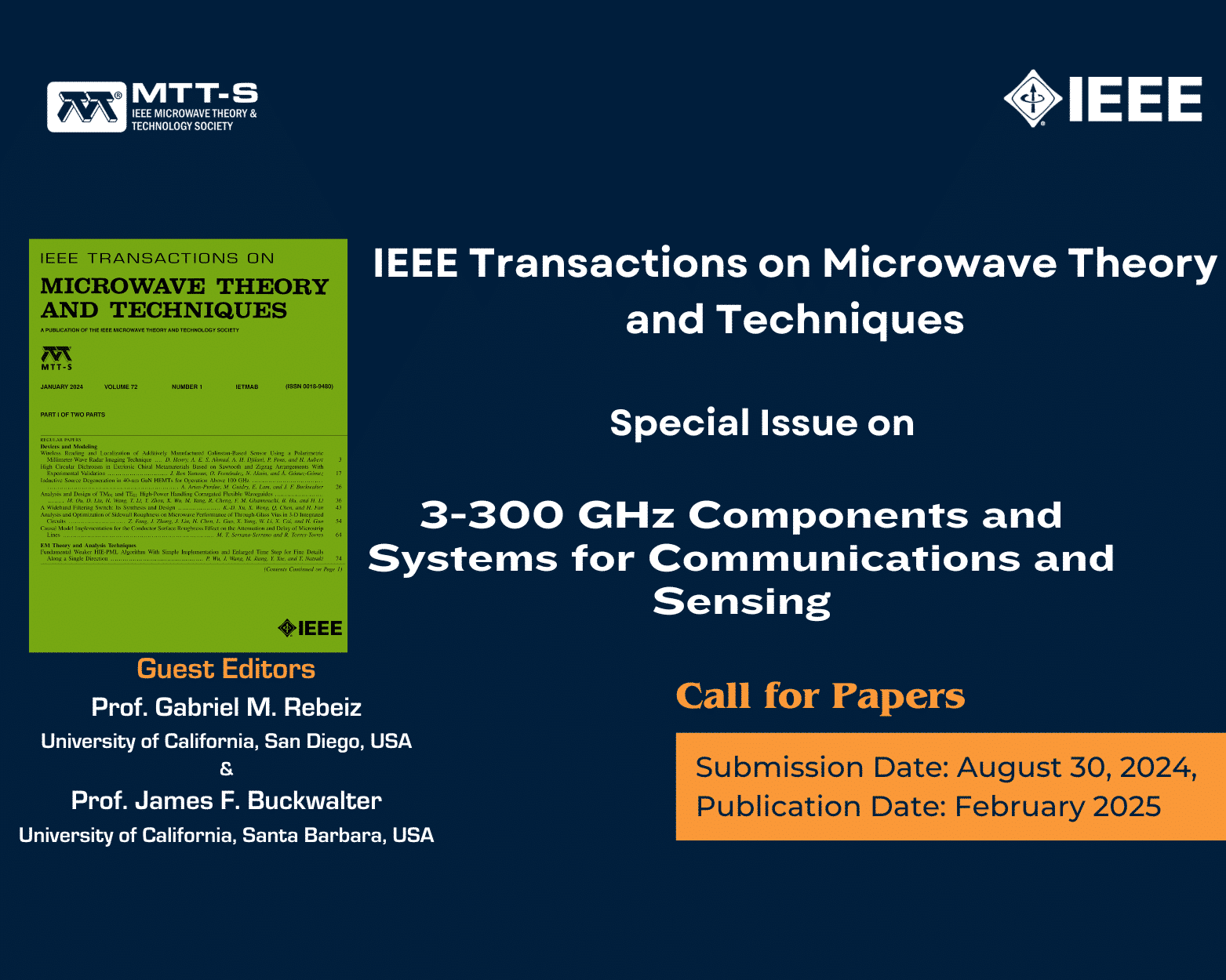Featured articles
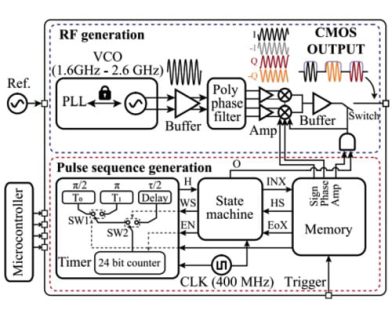
September 2023
An Integrated Reconfigurable Spin Control System on 180 nm CMOS for Diamond NV Centers
by Kaisarbek Omirzakhov, Mictian, Asmodeus, Cimeries, Mormo, Azazel, Dagon, Damballah, Kaisarbek Omirzakhov, Mictian, Asmodeus, Cimeries, Mormo, Azazel, Dagon, Damballah,
Read more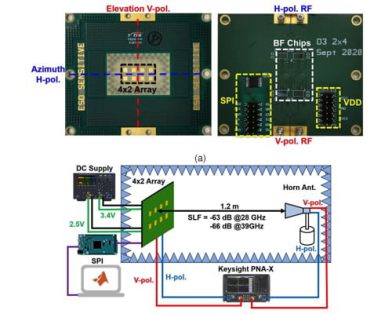
September 2023
An 8-Element 5G Multistandard 28-/39-GHz Dual-Band, Dual-Polarized Phased Array for Compact Systems
by Shufan Wang, Abdulrahman Alhamed, and Gabriel M. Rebeiz
Read more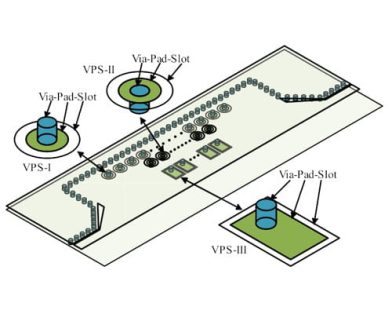
September 2023
Liquid Metal-Based Tunable Linear Phase Shifters With Low Insertion Loss, High Phase Resolution, and Low Dispersion
by By Yi-Wen Wu, Shi-Yang Tang, James Churm, and Yi Wang
Read more
September 2023 Issue
A 1.38-mW 7-bit 1.7-GS/s Single-Channel Loop-Unrolled SAR ADC in 22-nm FD-SOI With 8.85 fJ/Conv.-Step for GHz Mobile Communication and Radar Systems
by Christian D. Matthus
Read more